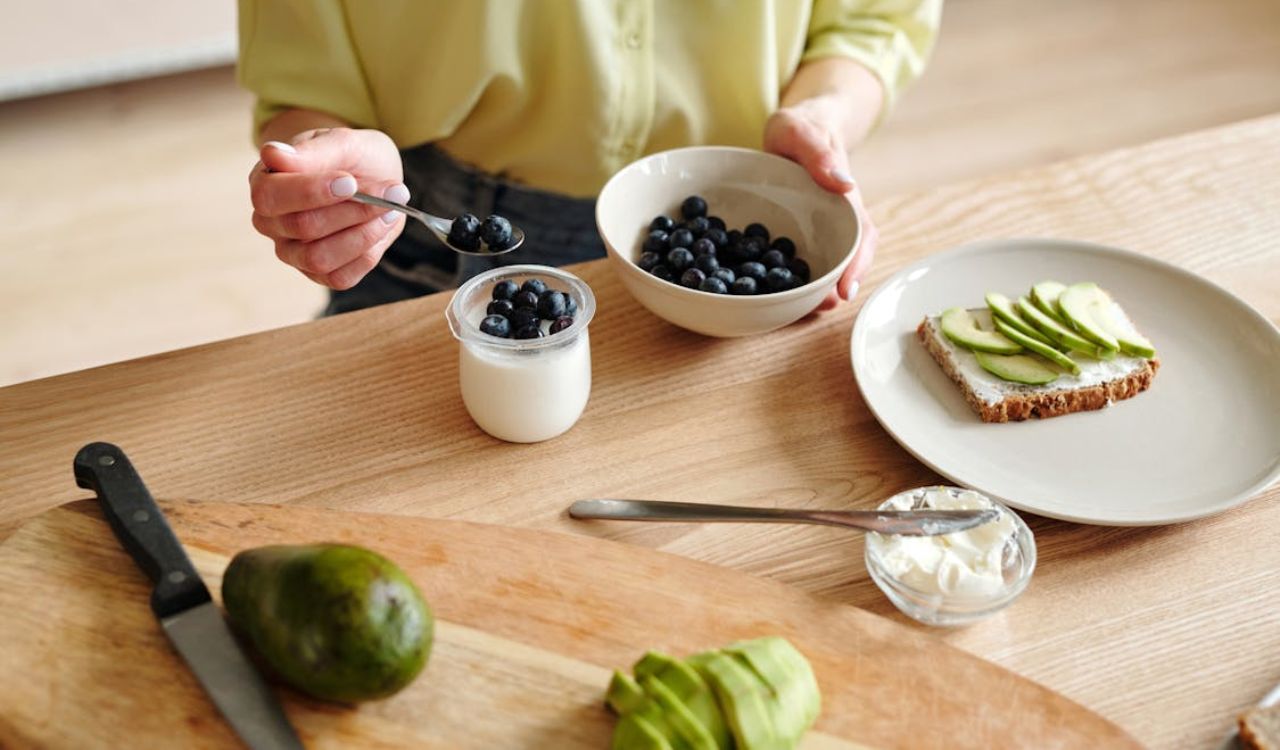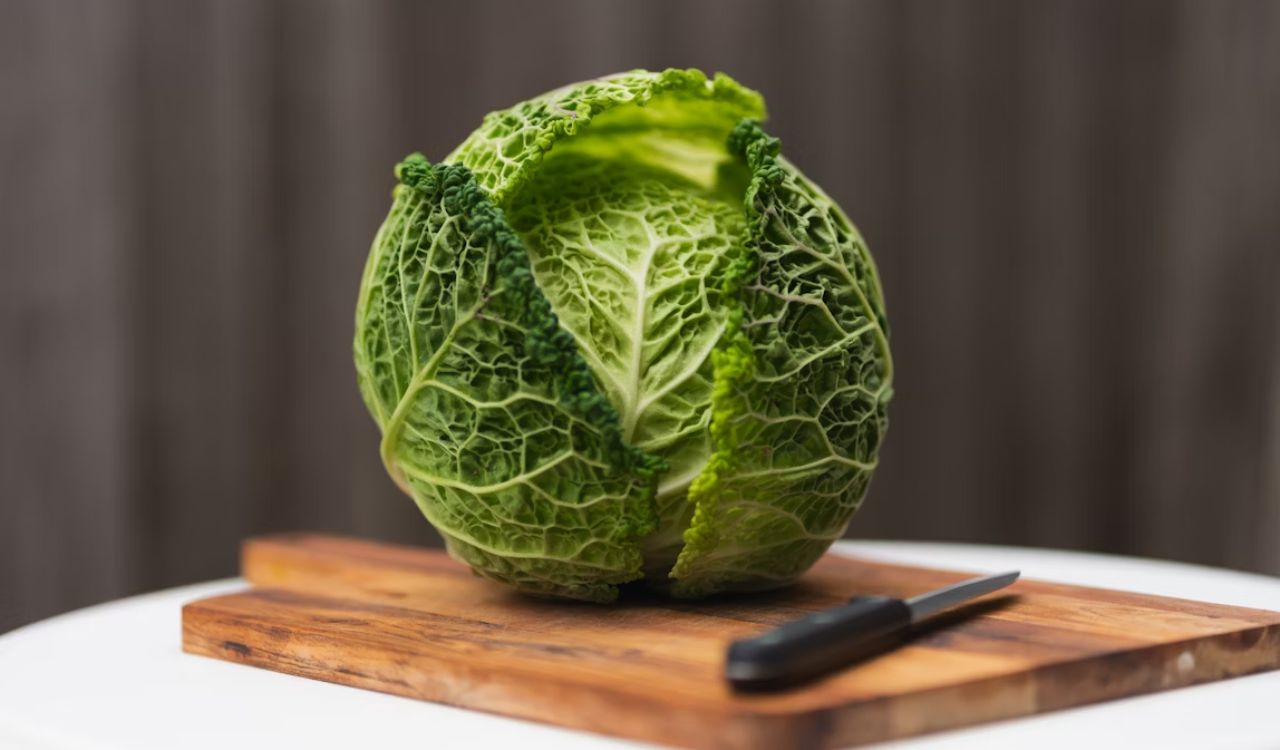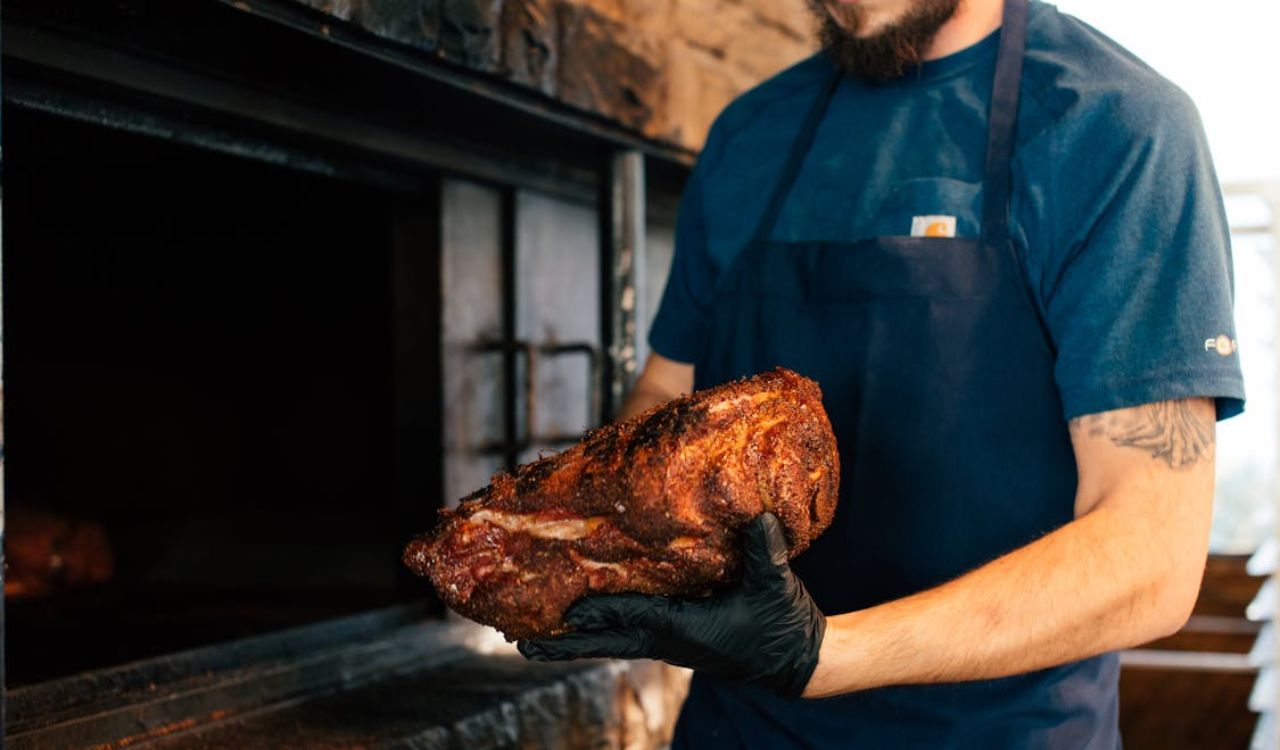8 Reasons Your Homemade Latte Misses the Mark and How to Fix It

Making a great latte at home seems easy until you taste it and realize something feels off. Maybe the coffee tastes too weak, the milk turns flat, or the foam disappears in seconds. The truth is, small mistakes can make a big difference in flavor and texture. Fortunately, each problem has a simple fix once you understand the basics. Whether you use a professional espresso machine or a small home setup, here are eight reasons your latte might fall short and how to perfect it every time.
1. Your Espresso Isn’t Strong Enough

A latte starts with espresso, so if your shot is weak, everything else will taste watered down. Use freshly roasted beans, grind them just before brewing, and aim for an extraction time of about 25 to 30 seconds. Tamp the grounds evenly to ensure proper pressure and avoid bitterness. If you’re using a pod machine, try selecting a stronger roast or using two short shots instead of one long one. A well-pulled espresso should taste rich, balanced, and bold enough to hold up against steamed milk.
2. You’re Using the Wrong Type of Milk
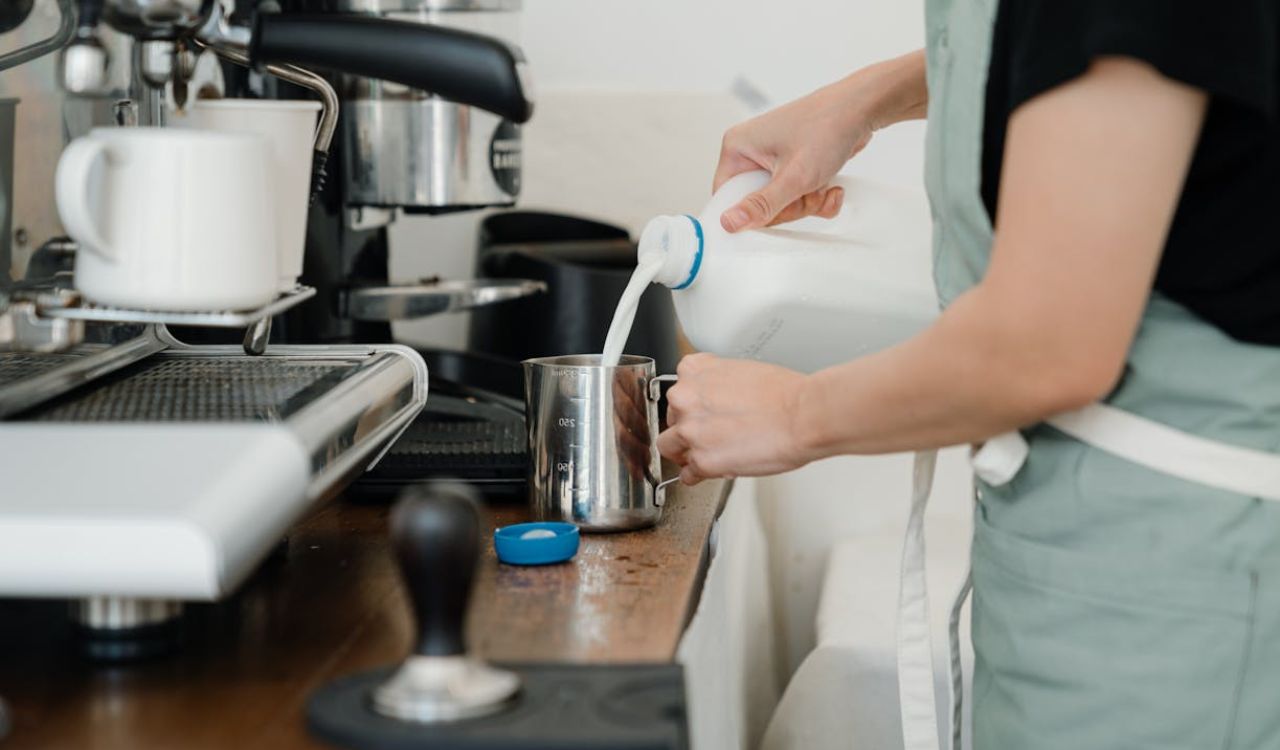
Milk can make or break a latte. Whole milk creates a creamy, velvety mouthfeel that pairs beautifully with espresso, while low-fat or skim milk can taste thin and produce weak foam. For non-dairy options, choose barista-style versions of oat, almond, or soy milk, which are specially formulated to froth and blend smoothly. Oat milk offers a naturally sweet flavor, while almond milk brings a nutty note. The right milk helps your latte taste balanced, smooth, and professional without requiring fancy tools.
3. The Milk Is Too Hot
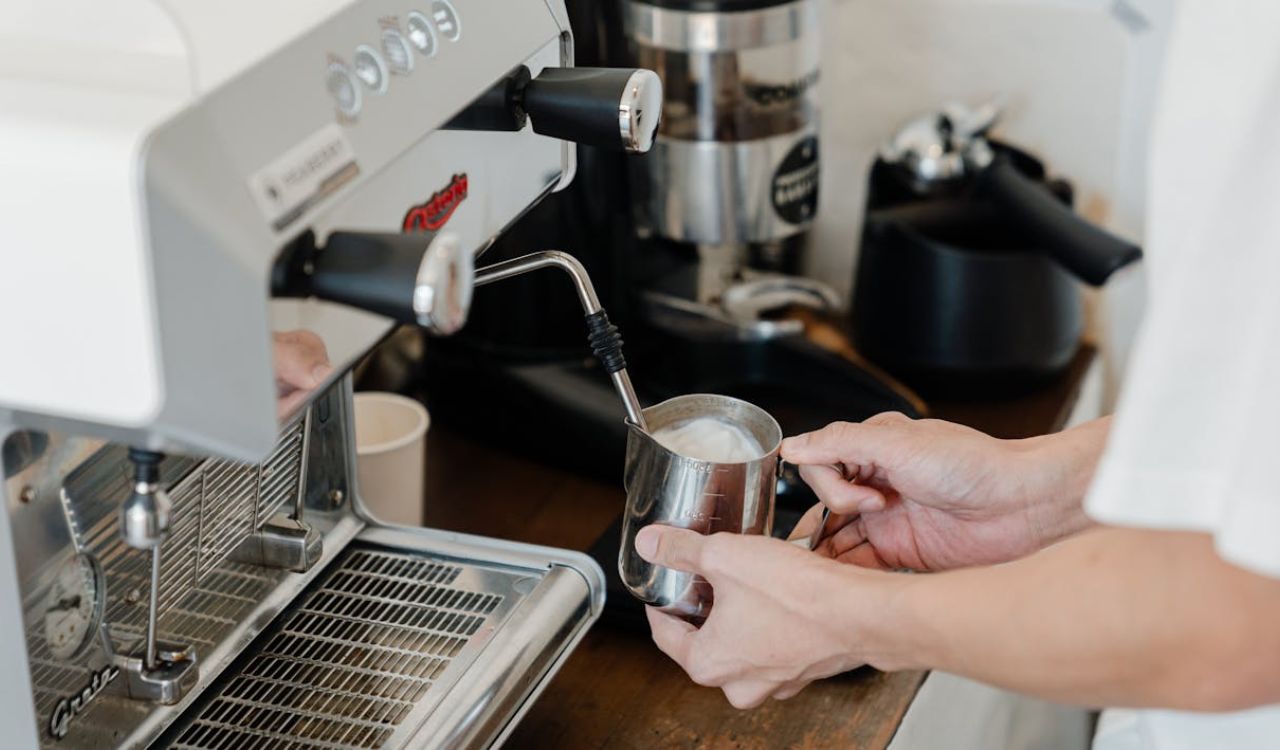
Overheated milk is one of the easiest mistakes to make and one of the hardest to hide. When milk gets too hot, the proteins break down and the sugars burn, leaving a bitter, scalded flavor. The ideal temperature for steaming is between 140°F and 155°F. If you don’t have a thermometer, stop heating when the pitcher becomes too hot to comfortably touch. Properly steamed milk should be glossy, smooth, and slightly sweet, with fine bubbles that blend naturally into the espresso.
4. You’re Not Creating Microfoam Correctly

Microfoam gives a latte its silky texture and beautiful surface. To make it, place the steam wand just below the milk’s surface so it makes a gentle hissing sound. As the milk begins to expand, lower the wand slightly to mix in air evenly. The result should look shiny and smooth, similar to wet paint. Avoid large bubbles, which create a foamy cap instead of a creamy texture. Tap and swirl the pitcher before pouring to blend the foam evenly for that signature café-style feel.
5. The Coffee-to-Milk Ratio Is Off

Even perfect espresso and milk can taste wrong if the proportions are uneven. The classic latte ratio is one part espresso to three parts milk, but you can adjust it depending on how bold you like your coffee. Too much milk dulls the espresso, while too little makes it taste harsh. Start with this standard ratio and tweak gradually to your taste. Using consistent measurements helps you reproduce results every time, whether you prefer a strong, café-style drink or a smoother, creamier cup.
6. You’re Using Stale Coffee Beans
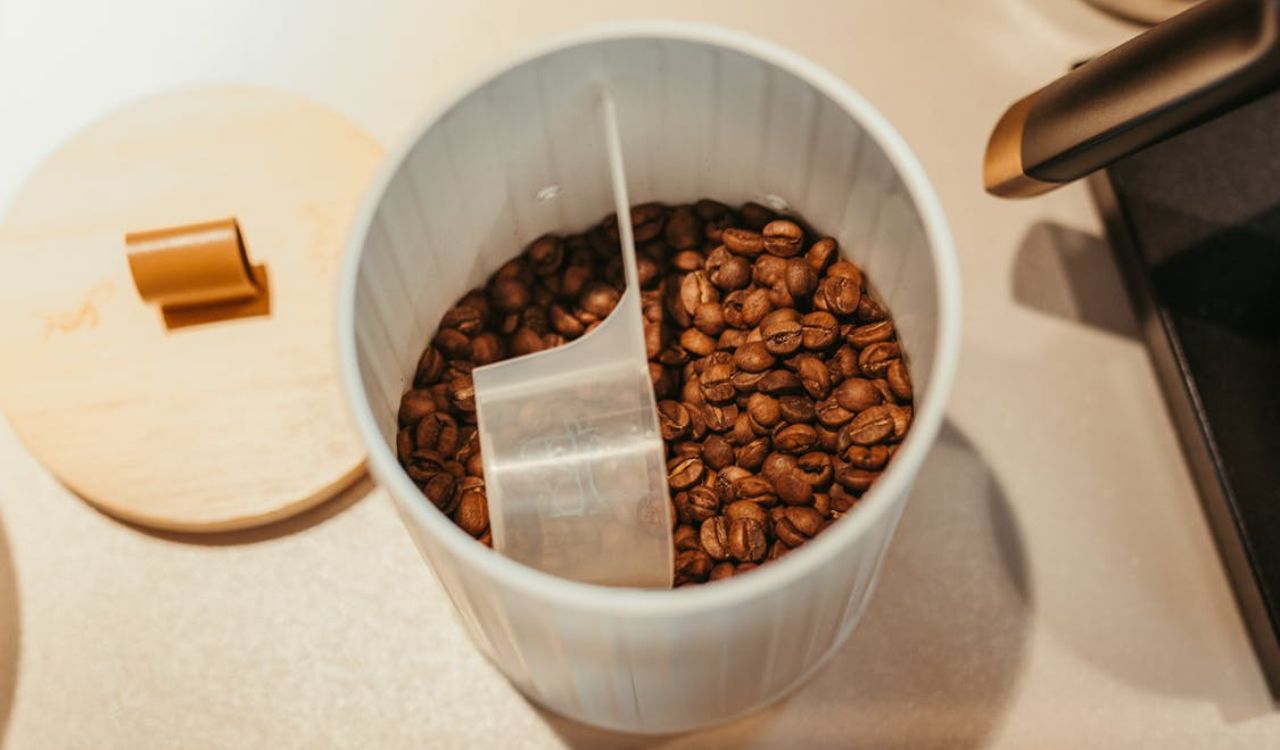
Freshness is crucial for flavor. Coffee beans begin losing aroma and oils within weeks of roasting, and pre-ground coffee loses quality even faster. If your latte tastes flat, your beans might be stale. Always check for a recent roast date and store beans in an airtight container away from sunlight and heat. Grind just before brewing for the freshest taste possible. This preserves the coffee’s natural sweetness and aroma, ensuring your espresso base delivers the richness needed for a perfect latte.
7. Your Equipment Needs Cleaning
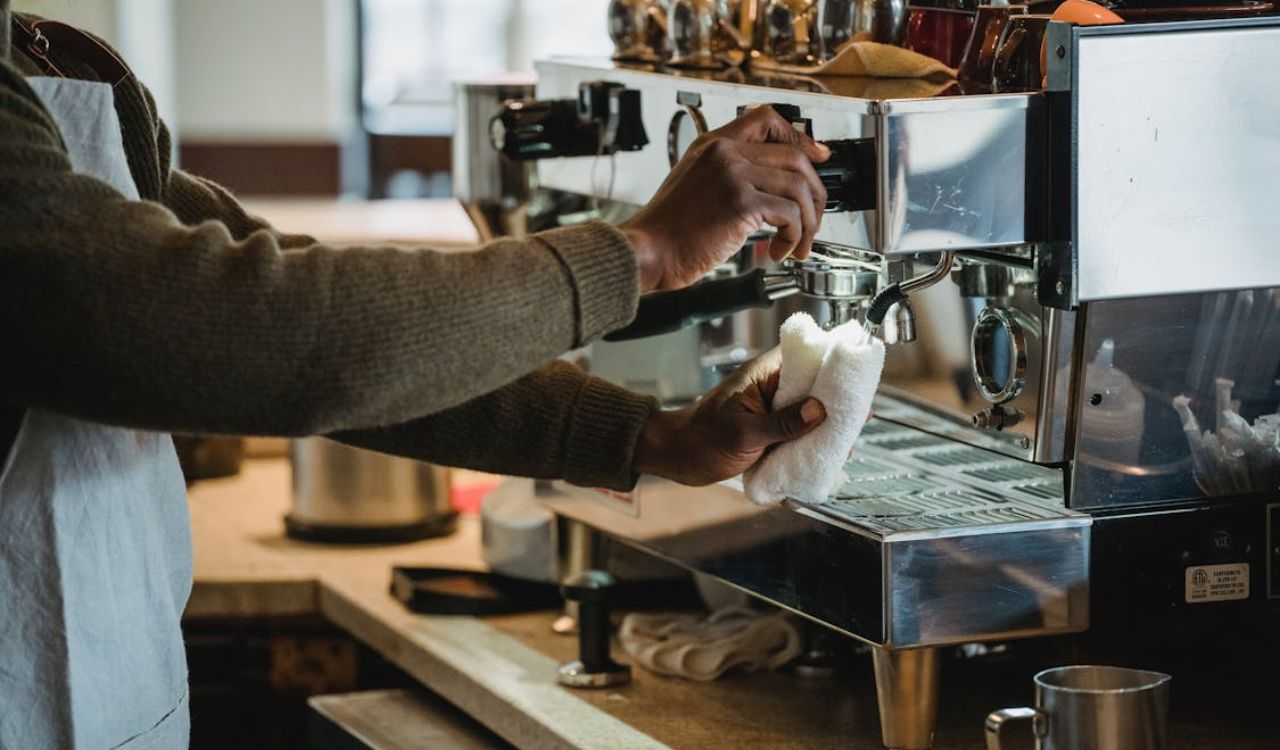
Even the best beans can’t save a dirty machine. Coffee oils and milk residue can cling to your equipment, turning every cup bitter or sour. Clean your portafilter, steam wand, and milk pitcher after every use to prevent buildup. Run a backflush cycle or use a cleaning tablet weekly if your machine allows it. For pod users, descale regularly to remove mineral deposits. Keeping your equipment spotless ensures pure flavor, consistent texture, and a smoother experience that rivals your favorite café.
8. You’re Skipping the Finishing Touches

A latte’s final impression depends on how it’s poured and presented. If you dump milk in too quickly, it won’t mix properly with the espresso, leading to uneven taste. Pour slowly, letting the milk blend naturally with the crema, then finish with a gentle swirl or bit of latte art. A sprinkle of cocoa, cinnamon, or nutmeg adds a hint of aroma and flavor. These small touches might seem optional, but they transform your latte from passable to perfectly crafted.



